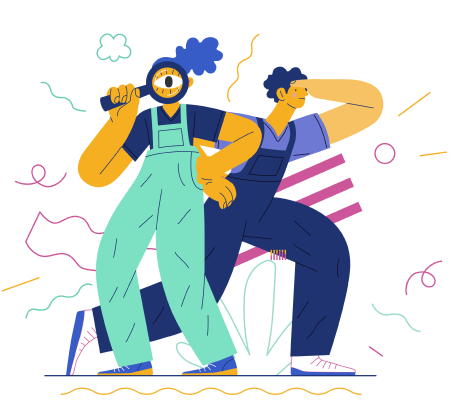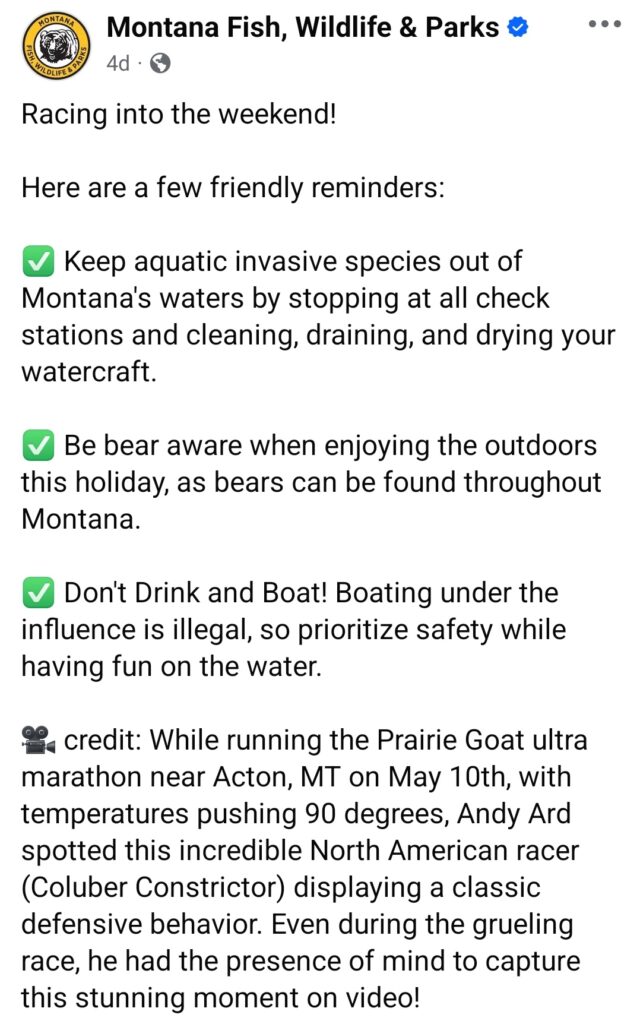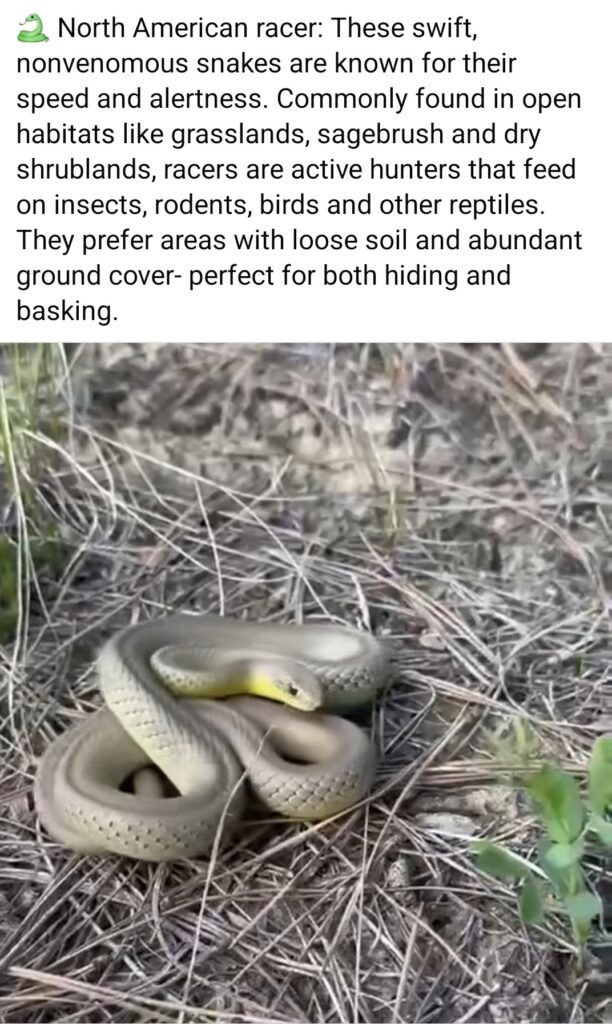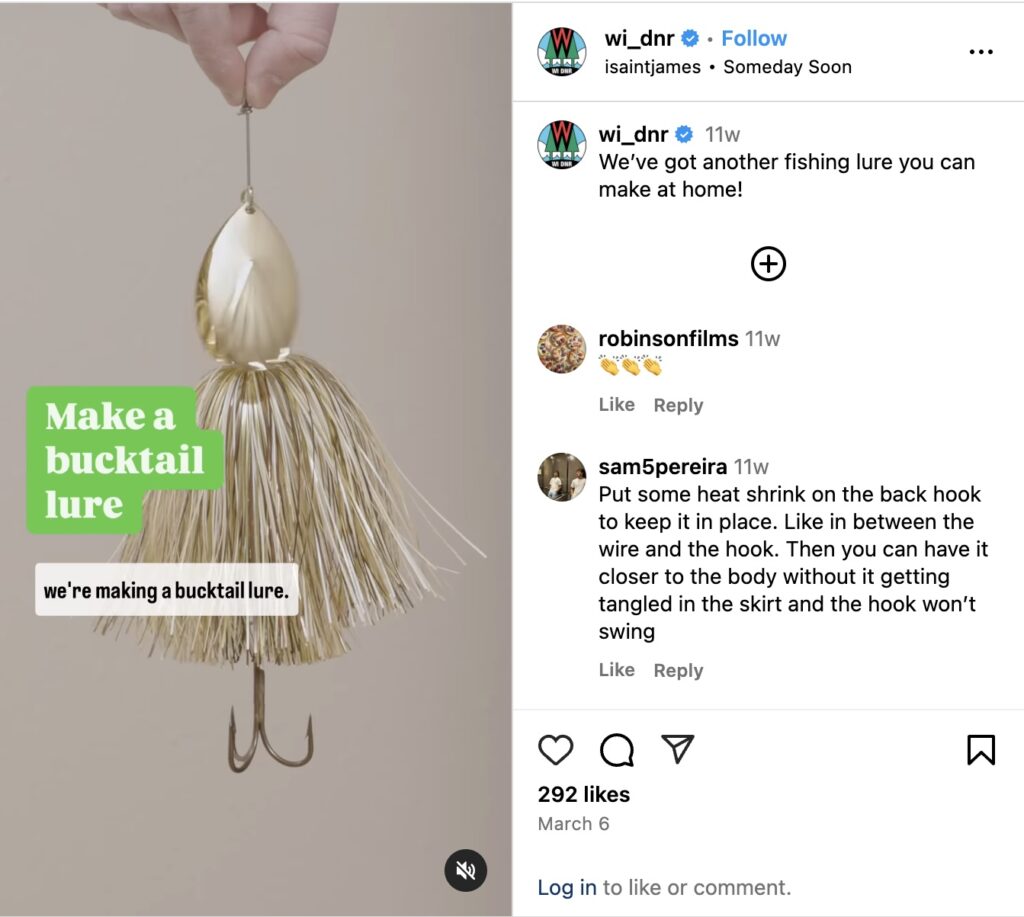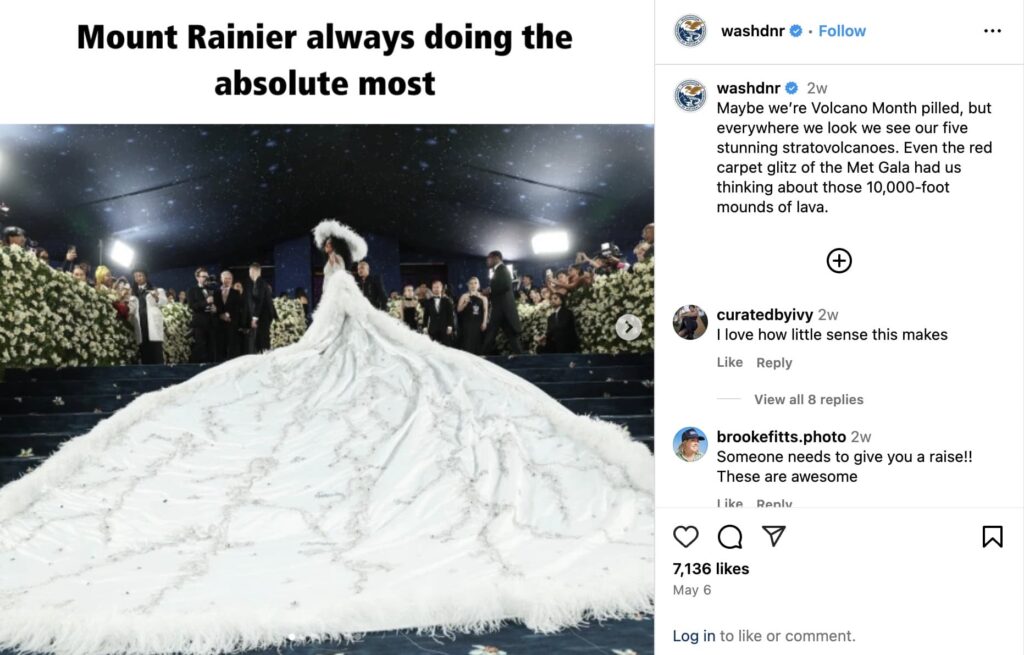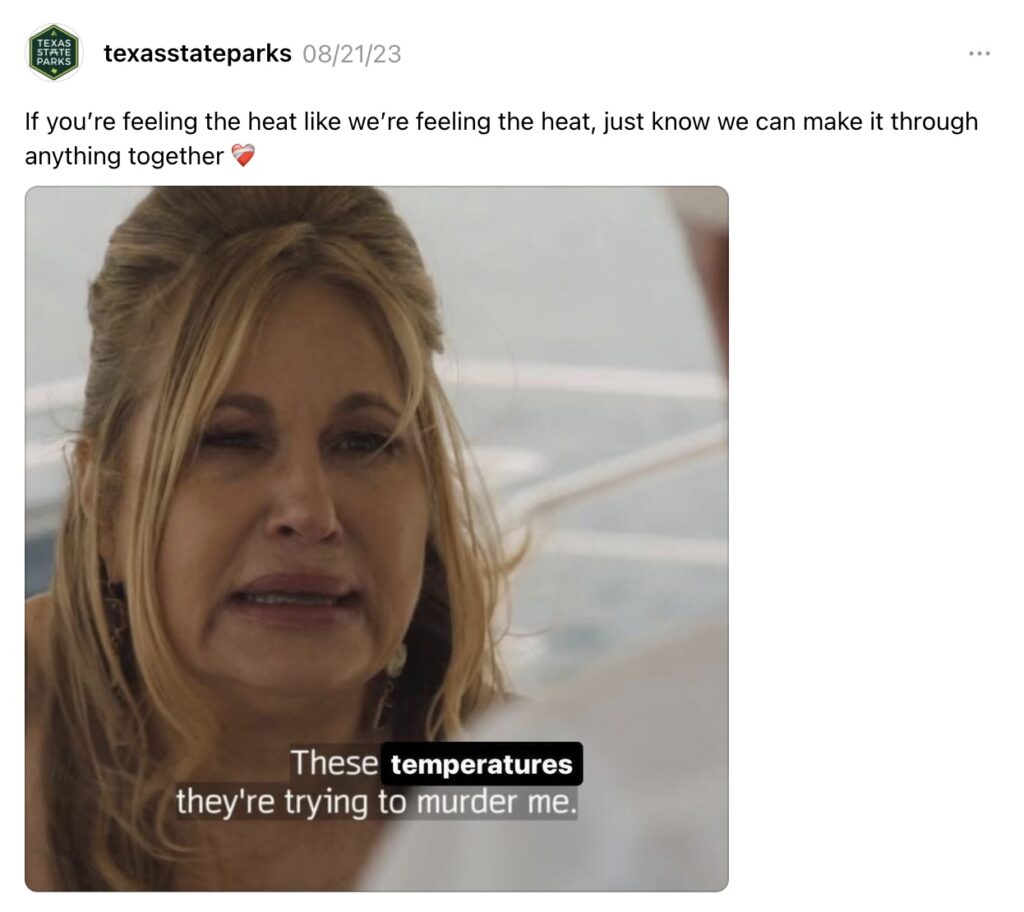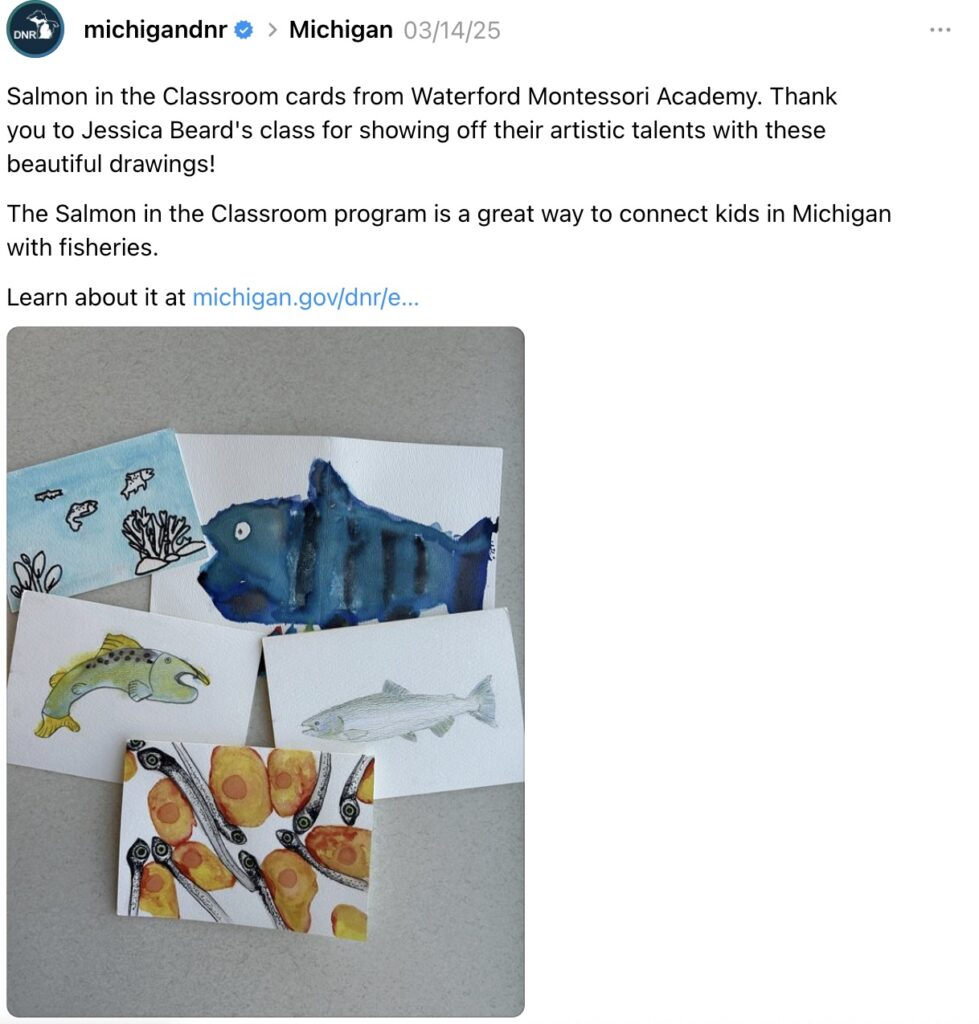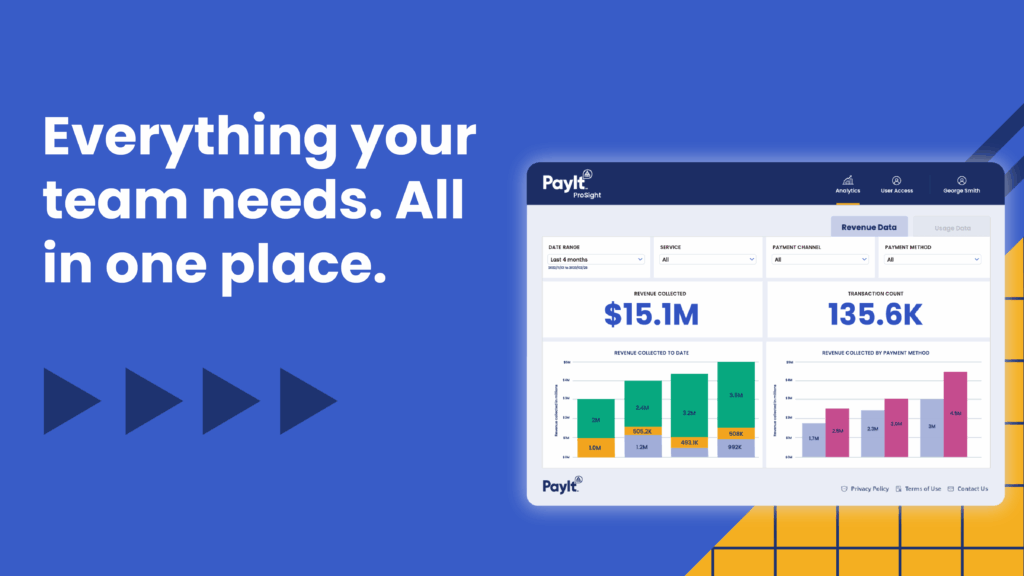Social media strategies for R3: Best practices for state fish and wildlife agencies
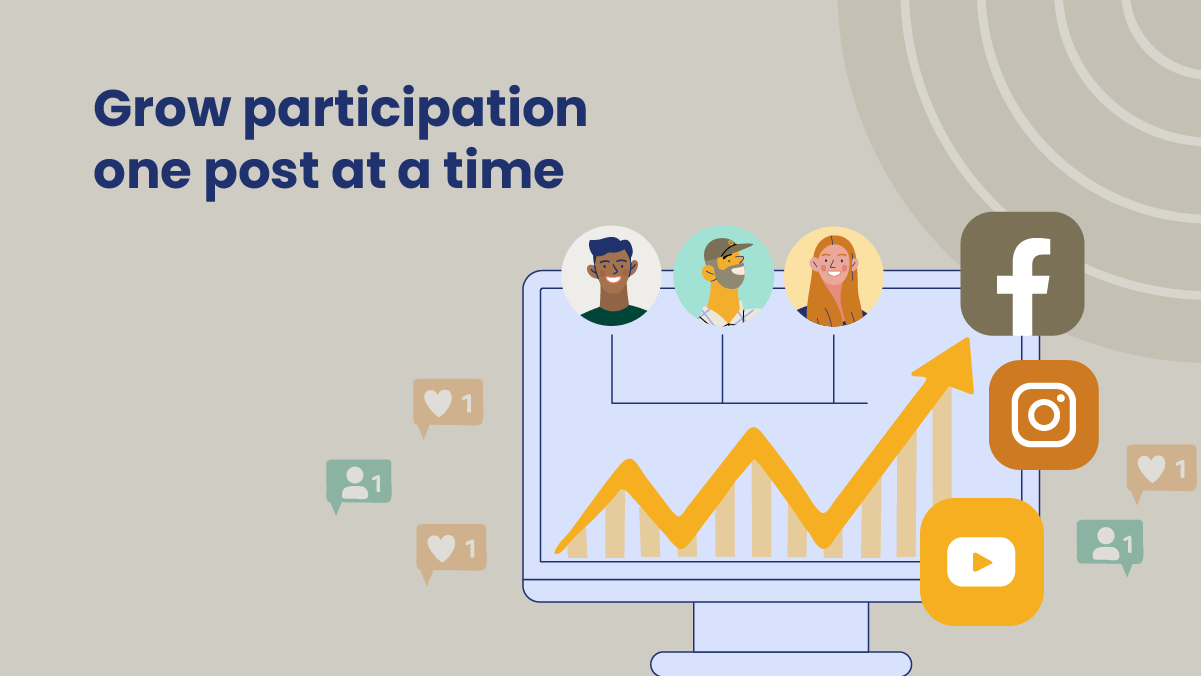
To attract new participants to hunting, fishing, and target shooting, R3 programs leverage social media and social influencers as part of larger digital campaigns. For state fish and wildlife agencies, platforms like Facebook, Instagram, and YouTube provide a way to reach new audiences, engage lapsed participants, and nurture lifelong outdoor enthusiasts. But to be effective, social media must be strategic, credible, and mission-aligned.
Here’s what works (including a few amazing examples) and what to avoid when integrating social media into your R3 efforts:
Best practices for using social media to support R3 goals
To make the most of your agency’s social media presence, consider these best practices that align digital engagement with your R3 goals:
1. Tell real stories
Storytelling drives engagement. Highlight the journeys of new hunters or anglers, families attending conservation events, or mentors who are making a difference. Authentic, personal narratives resonate far more than announcements or statistics alone.
2. Match the content to the platform
Each platform serves a different purpose. To be effective on social, tailor the content format and tone to fit audience expectations on each platform.
3. Consider paid promotions to extend reach
Organic reach might not be enough to reach new participants. Budgeting for paid ads or boosted posts can help agencies target specific demographics with messages that align with R3 goals.
4. Create a dialogue
Social media is a two-way street. Encourage questions, respond to comments, and create polls or Q&A sessions to foster community. Engagement builds trust, particularly among audiences unfamiliar with hunting, fishing, or target shooting.
5. Include relevant links
Always connect engaging content to action. Whether it’s signing up for a fishing license, attending a hunter education class, or joining a youth program, make the next step clear and easy to access.
6. Improve with data
Track metrics like click-through rates, video watch time, follower growth, and engagement rates. Use these insights to refine your content calendar, experiment with new formats, or sunset tactics that aren’t delivering value.
Great examples of social media promoting outdoor participation
To bring these best practices to life, let’s look at a few standout social media posts from (mostly) state fish and wildlife agencies. From personal stories to how-to videos, these examples show what’s possible when R3 goals meet a strong content strategy.
Facebook: Best for community building, event promotion, and storytelling through posts, live videos, and groups
X (Twitter): Useful for real-time updates, regulations, and quick conservation alerts — the prime place for humor and memes
Instagram: Ideal for visually showcasing outdoor experiences, featuring scenic locations, and sharing short-form reels and stories — humor and hitting cultural moments are appreciated here
YouTube: Great for tutorials, how-to videos, conservation documentaries, and showcasing agency initiatives

Threads: Somewhat of a mixture of the humor of X, the imagery of Instagram, and educational videos and content — authenticity wins here
Social media mistakes that can undermine R3 efforts
Missteps on social media can weaken trust, limit reach, or unintentionally alienate audiences. Here are some common pitfalls that can undermine your R3 efforts:
1. Inconsistent or infrequent posting
A dormant or sporadically updated page can ding your credibility. Develop a content calendar and stick to a regular posting cadence. Even 2–3 high-quality posts per week can be impactful.
2. Too much focus on the agency
While agency achievements and updates are important, the audience wants to see themselves in the content. Provide helpful, user-centered messaging that emphasizes access, inclusion, and opportunity.
3. Ignoring accessibility
Make sure your social posts are inclusive. Add alt text to images, include captions on videos, and use plain language where possible. This ensures your content reaches a broader and more diverse audience.
4. Not responding to comments
People join social media for connection; make sure you’re engaging with and moderating comments. Your interactions can set the tone for an inviting, educational culture.
5. Value mismatch with partners
Partnering with social influencers can backfire if their content or persona doesn’t align with your agency’s mission, ethics, or audience expectations. For example, an influencer who emphasizes trophy hunting over stewardship education or pushes too many new gadgets can erode trust and undermine R3 goals, especially among seasoned hunters and conservation-minded stakeholders.
R3 in the digital era
When used strategically, social media can be a powerful part of your R3 strategy. By focusing on authentic stories, audience engagement, and data-driven tactics, state fish and wildlife agencies can cultivate the next generation of conservationists where they already spend their
Blending traditional outreach with digital tools isn’t just smart, it’s necessary. Meet your future participants where they already are, online. Online to Outdoors: A Smarter Approach to R3 shows how state fish and wildlife agencies can combine traditional R3 strategies with modern technology to build stronger relationships with the public and drive sustainable revenue.
Looking for more content?
Get articles and insights from our monthly newsletter.
